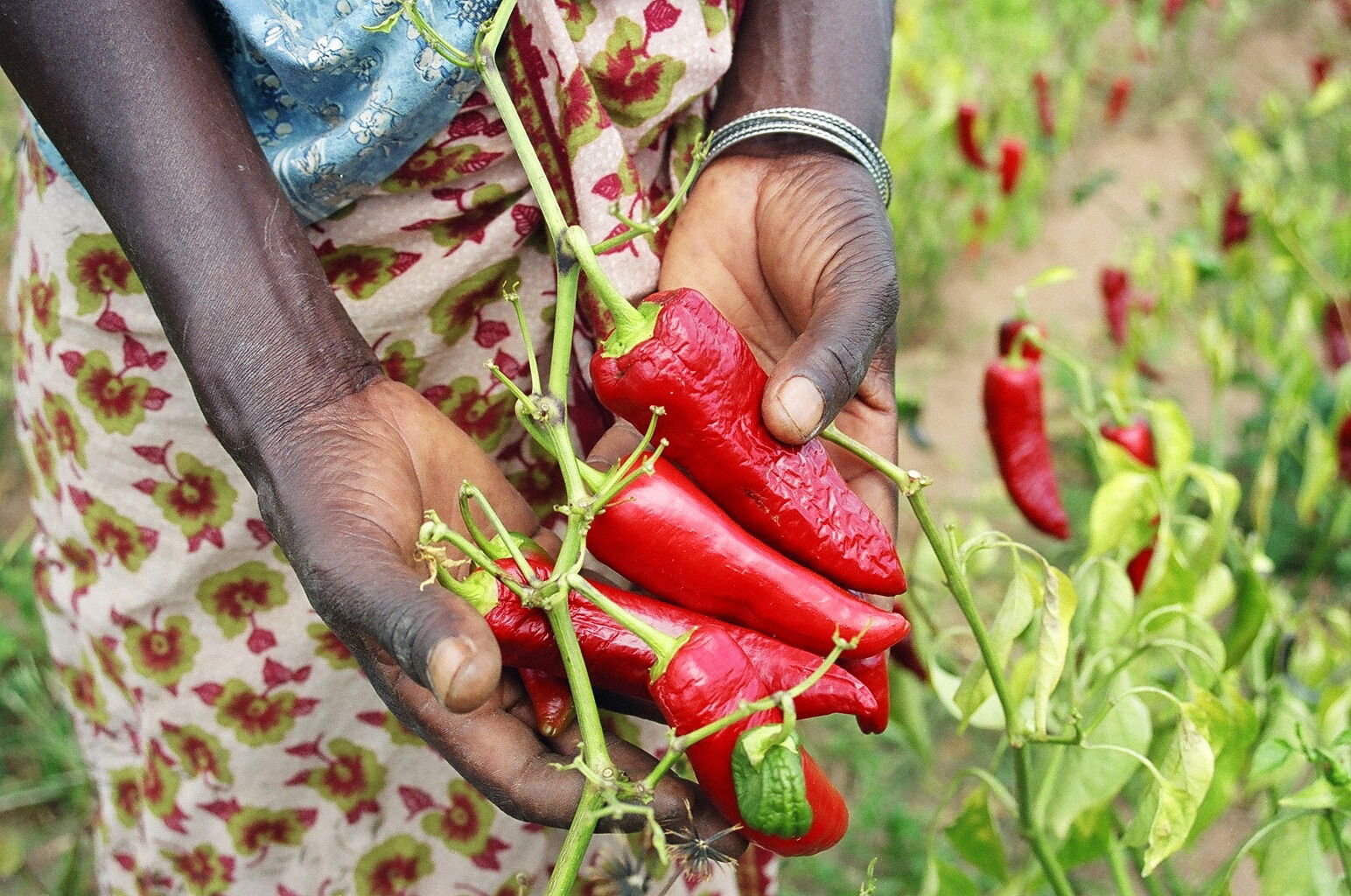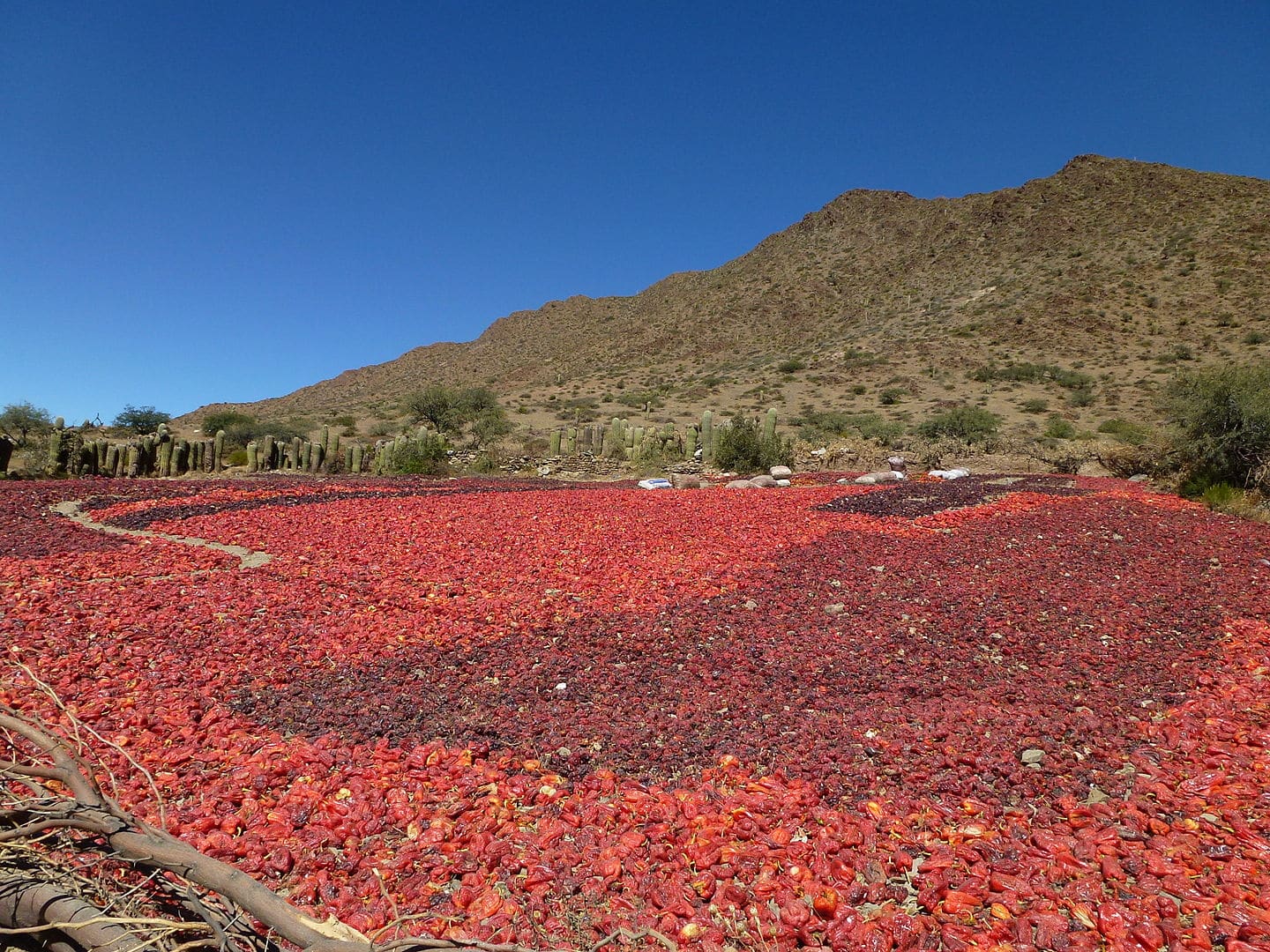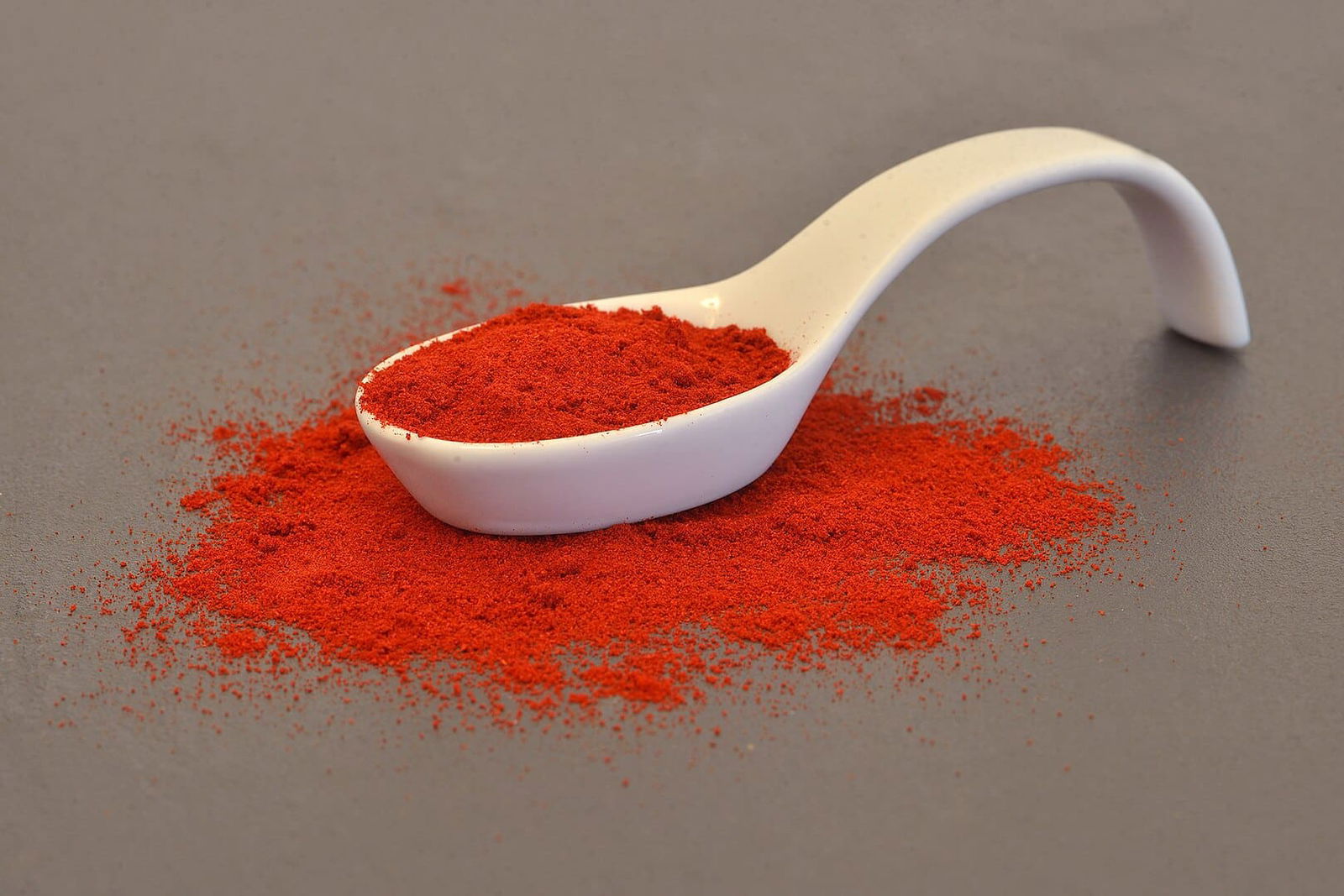Paprika, one of the world’s most popular spices, is known for its bright red color and mild to smoky flavor. It is a key ingredient in a wide range of dishes across different cuisines. However, many people don’t realize the journey this vibrant spice takes before reaching our kitchens.

Paprika starts its life as a type of pepper, primarily grown in regions such as Hungary, Spain, and the southwestern United States. The peppers used for paprika are typically sweeter and milder compared to the hot chili varieties. Once harvested, these peppers undergo a detailed drying process that prepares them for their transformation into the spice we know and love.

After the peppers are picked, they are carefully dried. The method of drying can vary based on tradition and location. In Spain, for instance, peppers are often dried over wood fires, which imparts a smoky flavor to the spice. In Hungary, sun drying is more common, preserving the natural sweetness of the peppers. Regardless of the drying technique, the peppers need to be fully dehydrated to ensure the proper grinding process.

Once dried, the peppers are ground into a fine powder. The grinding process is a crucial step that affects the texture and flavor of the final product. For example, Hungarian paprika, known for its sweet and slightly spicy taste, is ground very finely. Spanish paprika, on the other hand, varies in texture and flavor, ranging from sweet to spicy, and is often used to add a smoky element to dishes.

There are many different types of paprika, each bringing its unique characteristics to the table. Hungarian paprika is often regarded as one of the best in the world, with eight different grades that vary in flavor and heat. Spanish paprika, or pimentón, is commonly divided into three main categories: sweet (dulce), bittersweet (agridulce), and hot (picante). Each type of paprika enhances food in different ways, whether you’re looking for a touch of sweetness, a hint of smoke, or a spicy kick.

Beyond its culinary uses, paprika is also rich in nutrients. It contains high levels of vitamin A, which is essential for eye health, and capsaicin, a compound that may have anti-inflammatory properties. Some studies suggest that paprika can help improve digestion and even boost metabolism.
